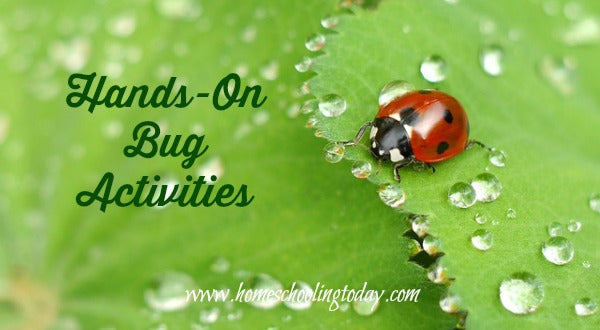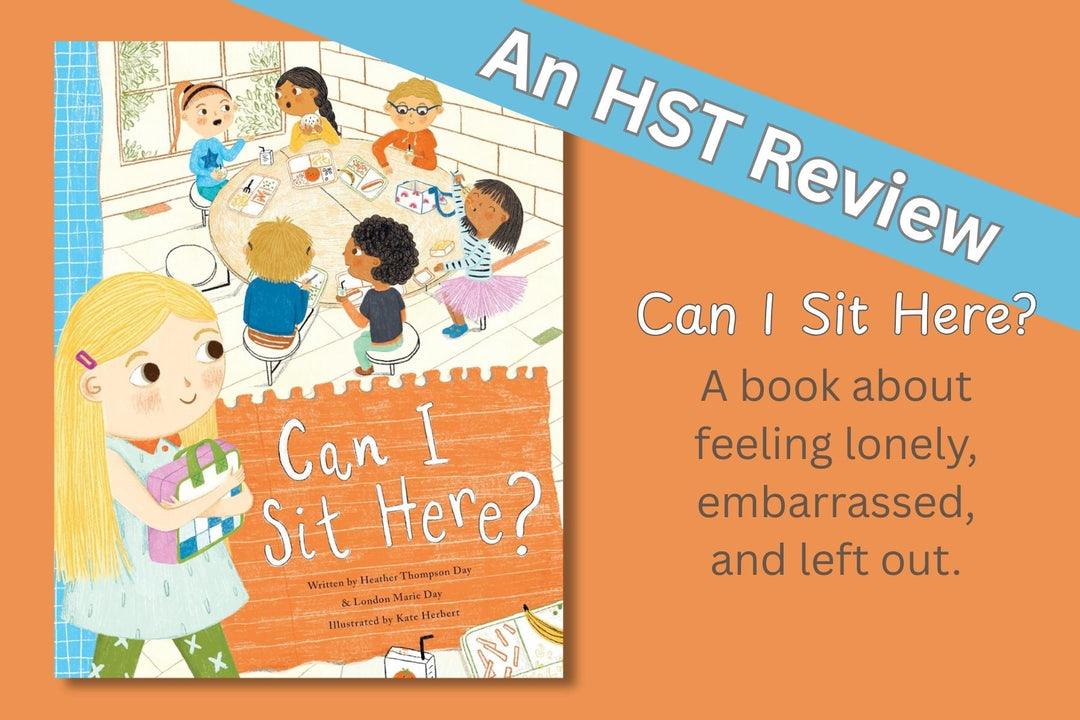Hands-On Spring Series: Bugs

It happened the afternoon her little sweet boy looked up and quietly asked, "Can we learn about bees?" when the highly allergic homeschool mother fainted on the floor.
Bees. Really? My boys wanted to learn about bees and I wanted absolutely nothing to do with any type of bug lesson. Especially a "hands-on" bug lesson, because I have a highly local reaction to bee stings. Most bug bites cause some type of reaction. But God made bugs, so they are important to learn about the creepy crawly things.

**********************************
Stef Layton lives in Orlando, Florida homeschooling two tactile learners. Stef is the Hands-On Learning Columnist for Homeschooling Today magazine. This year she started showing hands-on activities on youtube. You can follow her at her blog or, Instagram, or Twitter @StefMLayton.













